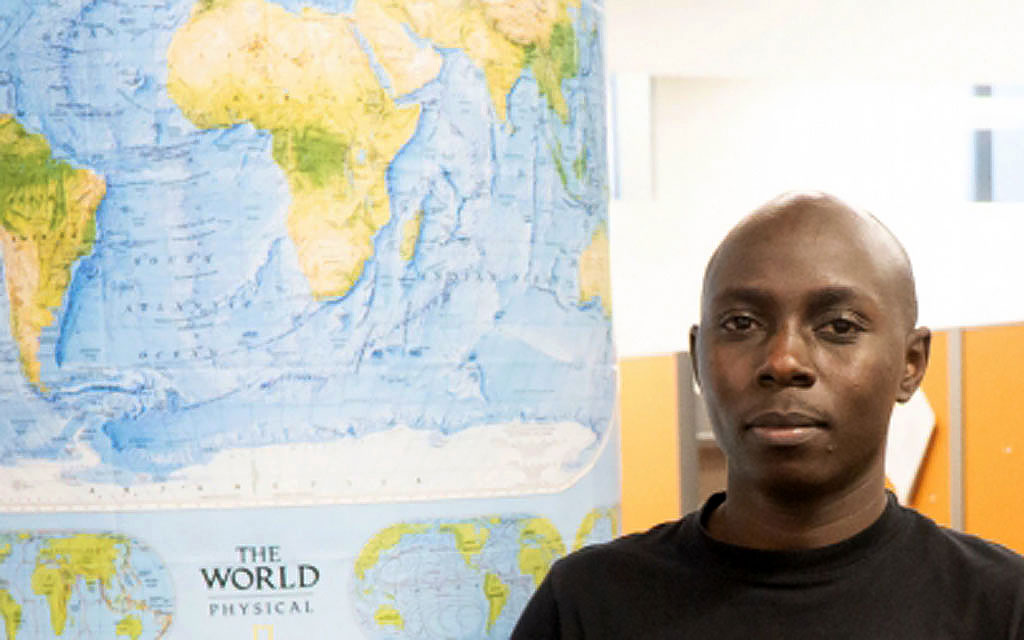Wayfinding: ‘Mapping Justice’ GIS Course Empowers Teens to Highlight Issues in their Communities
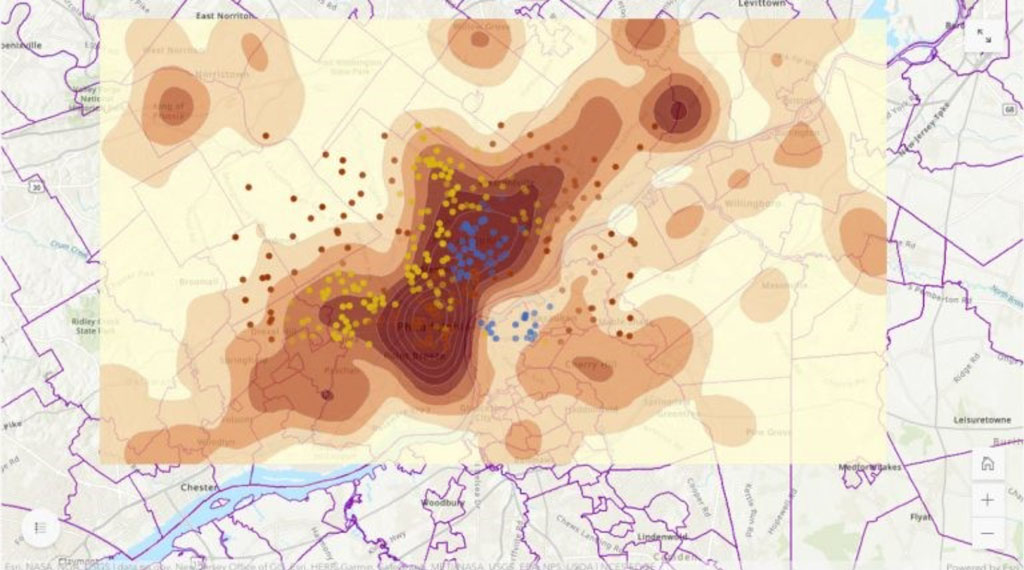
With a donation of $50,000 from Esri, AAG has embarked on a partnership with the new educational platform trubel&co, aiming to connect college geography departments with high school students in their area who could take part in Mapping Justice workshops. AAG and trubel&co debuted the partnership at AAG 2023 in Denver, and are growing the concept to help AAG members discover the program’s potential for attracting high school students, especially students from historically and currently marginalized groups in the field of geography, whether because of racialization, economic status, family history of access to college, or gender or sexual identity.
With the goal of leveraging spatial analysis as an integral part of STEM learning and civic innovation, Mapping Justice began as a 2020 course at Massachusetts Institute of Technology (MIT) Online Science, Technology, and Engineering Community (MOSTEC). Founder Nick Okafor encouraged students to connect their concerns and passions with the communities and landscapes they knew—and to see those places in entirely new ways through the power of mapping. Topics included transportation inequities, climate change, discrepancies in food access, gentrification, the digital divide, voting disparities and gerrymandering, and educational inequities. Students work collaboratively, usually in pairs, on every aspect of their projects.
“STEM is extremely collaborative,” Okafor told an interviewer for Esri in 2022, “so I want them to start building these skills early.”
In 2022, Okafor and co-founder Alani Douglas formally incorporated trubel&co (pronounced “trouble,” as in “good trouble”) to scale the project up throughout the United States. With a team of six other practitioners, trubel&co has an ambitious vision to “champion diverse high school youth to design geospatial tools for social change, using GIS (Geographic Information Systems) to promote equity within their community.” The Mapping Justice curriculum is one effort of the rapidly growing organization, and is intended to build core technical competencies, critical thinking, spatial thinking, data fluency, self-direction, collaborative skills, and cultural awareness.
The team at trubel&co is also branching out into service learning, notably through the month-long Resilient Civic Futures hackathon in Fall 2023, which mobilizes college students with GIS skills to work with truble&co and cosponsor Earth Hacks to “tackle environmental justice challenges in partnership with community-based organizations through the creation of geospatial tools.”
Submit this online form to inquire about hosting a Mapping Justice workshop by trubel&co. For further questions, please contact [email protected].
DOI: 10.14433/2017.0135
StoryMap source of featured map image of fast food outlets correlating with poverty in Philadelphia.
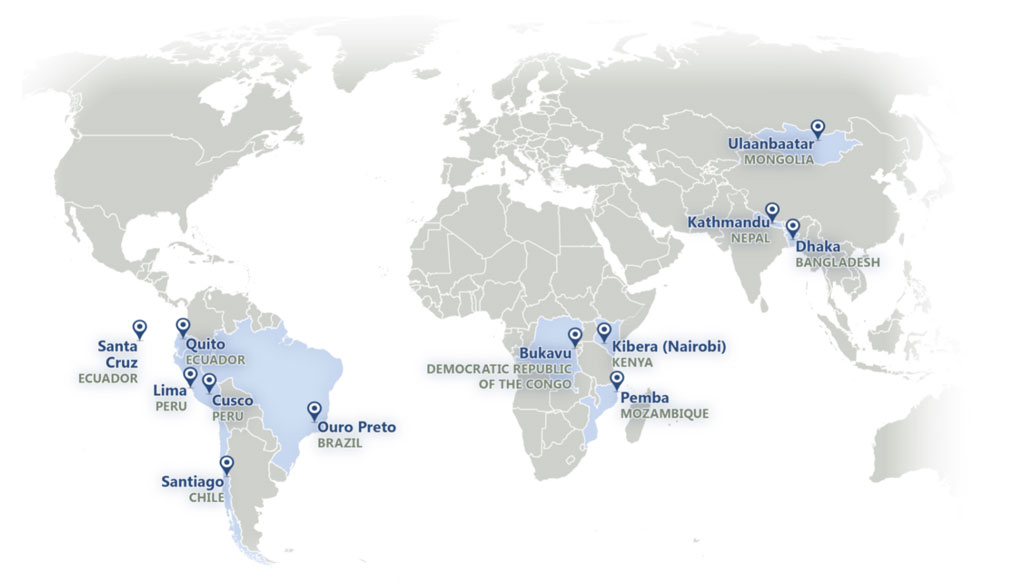
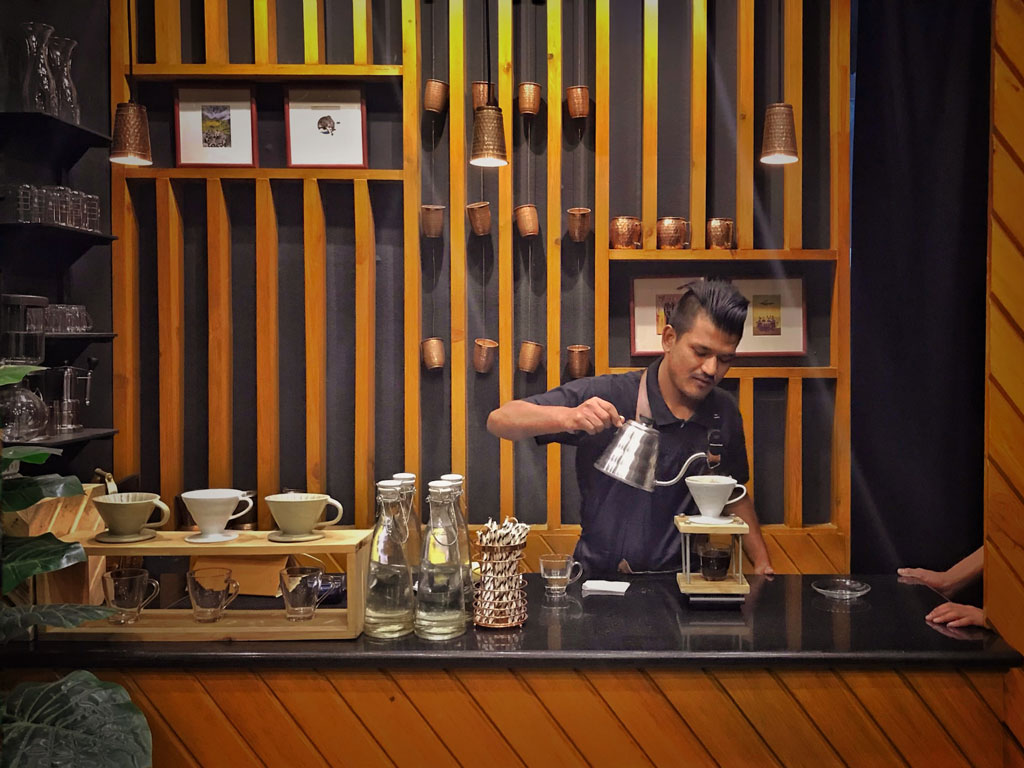
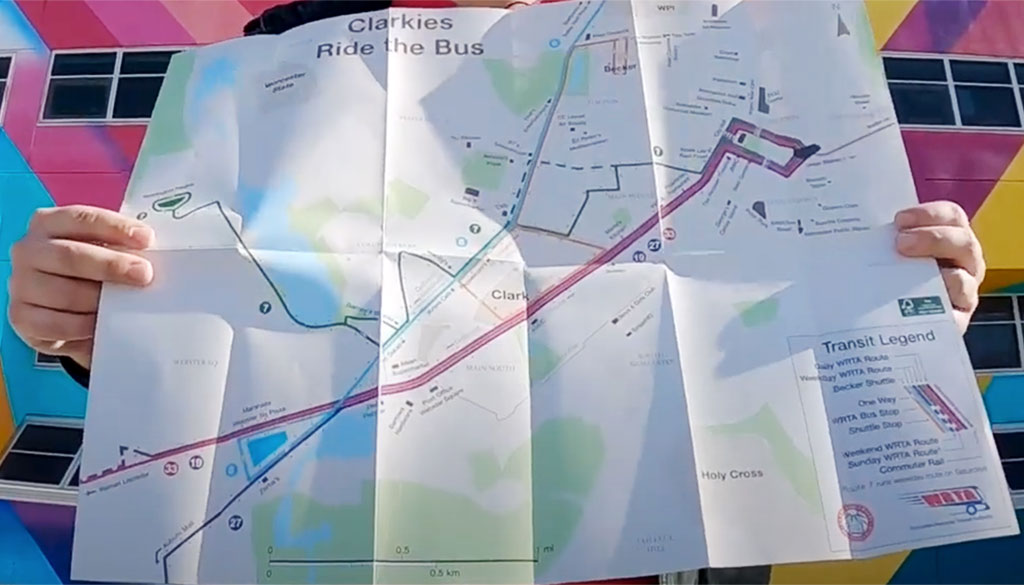
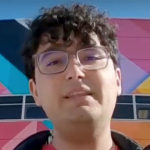 When Nick Mellis was eight years old, he memorized the New York City subway map. He’s been a map and transit enthusiast ever since, majoring in geography as an undergrad at Clark University, and going on to pursue graduate studies in community and urban planning, also at Clark.
When Nick Mellis was eight years old, he memorized the New York City subway map. He’s been a map and transit enthusiast ever since, majoring in geography as an undergrad at Clark University, and going on to pursue graduate studies in community and urban planning, also at Clark.